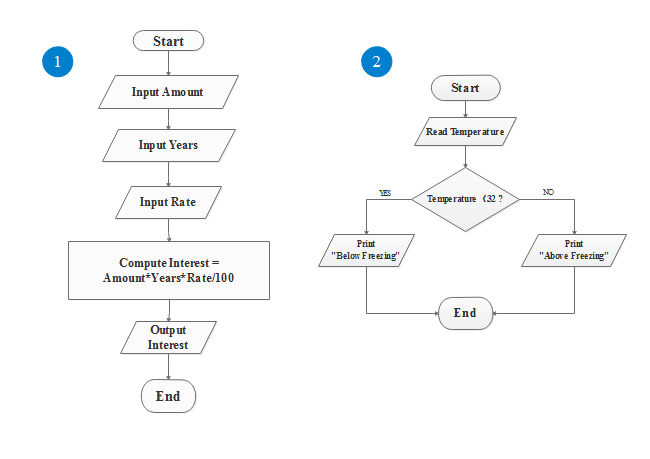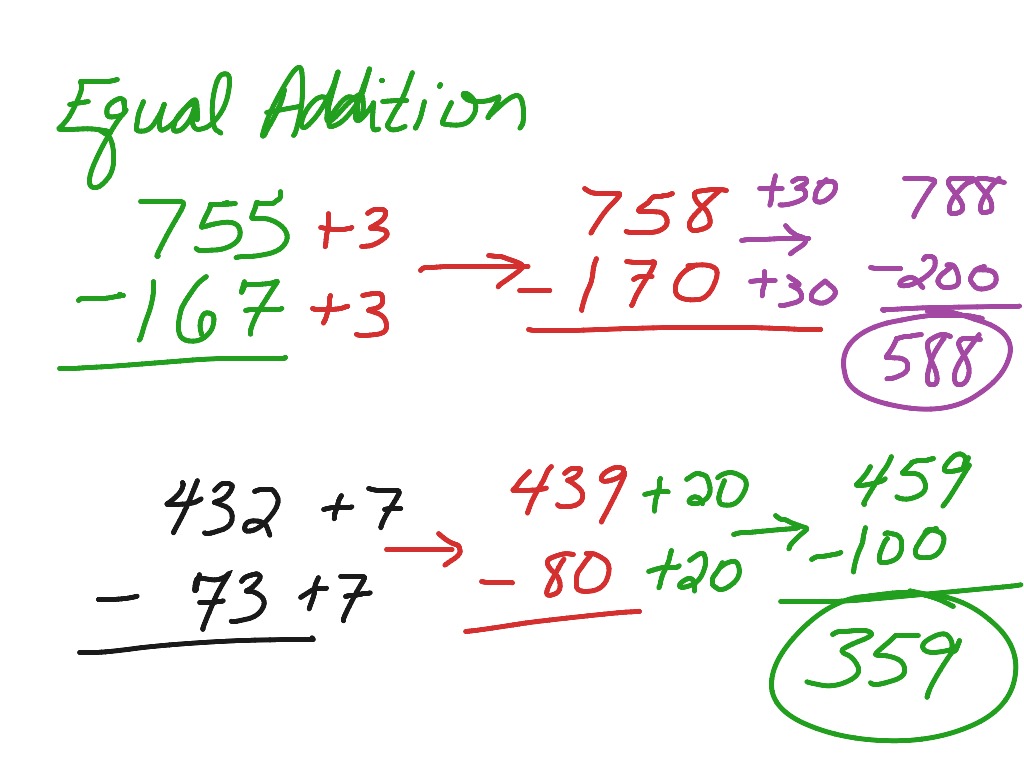

The two lists agree in 7 of their entries. The decompositional approach to matrix computations.Note that JPEG (1992) and PageRank (1998) were youngsters in 2000, but all the other algorithms date back at least to the 1960s.īy comparison, the 2000 list is, in chronological order (no other ordering was given) Krylov subspace methods (conjugate gradients, Lanczos, GMRES, minres).Singular value decomposition, QR and QZ algorithms.Matrix factorizations (LU, Cholesky, QR).This top ten list is in decreasing order of the number of page locators. Where does one draw the line between an algorithm and a technique? For a simple example, is putting a rational function in partial fraction form an algorithm? In compiling the following list I have erred on the side of inclusion.
#SIMPLE MATH ALGORITHM EXAMPLE PROFESSIONAL#
However, the index was prepared by a professional indexer, so it should reflect the content of the book fairly objectively.Ī problem facing anyone who compiles such a list is to define what is meant by “algorithm”. Third, the number of page locators is not necessarily a good measure of importance. Second, the content is selective and the book does not attempt to cover all of applied mathematics. First, the book focuses on applied mathematics, so some algorithms included in the original list may be outside its scope, though the book takes a broad view of the subject and includes many articles about applications and about topics on the interface with other areas. This is a flawed measure for several reasons. My unscientific-but well defined- way of doing so is to determine which algorithms have the most page locators in the index of The Princeton Companion to Applied Mathematics (PCAM). Sixteen years later, I though it would be interesting to produce such a list in a different way and see how it compares with the original top ten. This top ten list has attracted a lot of interest. (A SIAM News article by Barry Cipra gives a summary for anyone who does not have access to the original articles).

In the January/February 2000 issue of Computing in Science and Engineering, Jack Dongarra and Francis Sullivan chose the “10 algorithms with the greatest influence on the development and practice of science and engineering in the 20th century” and presented a group of articles on them that they had commissioned and edited. Keyes in Princeton Companion to Applied Mathematics There are many asymptotic notations like 0, θ, Ω,w each having its importance.ġ.From “Computational Science” by David E. Here the time taken by an algorithm is mapped regarding mathematical functions. The notations show the order of growth of functions.

Best-case: f (n) represent by the minimum number of steps taken on any instance of size n.Worst-case: f (n) represent by the maximum number of steps taken on any instance of size n.There are three cases worth noting about the time complexity of an algorithm since determining the exact time complexity of an algorithm in a difficult task. if the input is a set containing n elements, the size of the input n. Instead of dealing directly with the input, parameters are used to characterize the size of the input. The time required to execute an algorithm is a function of the input. This estimation of time and space needed to execute the algorithm is called the time and space complexity of the algorithm. For example, if one algorithm takes n steps to solve a problem and another algorithm takes n^2 steps to solve the same problem, we would prefer the first algorithm. Knowing the time and space required by algorithm allows us to compare the algorithms that solve the same problem. It is important to estimate the time (e.g., the number of steps) and space (e.g., the number of variables) required by algorithms. The Analysis of an algorithm refers to the process of deriving estimates for the time and space needed to execute the algorithm. Finiteness: Algorithm must complete after a finite number of instruction have been executed.Generality: The algorithm applies to a set of inputs.Flexibility: It should also be possible to make changes in the algorithm without putting so much effort on it.Feasibility: It must be feasible to execute each instruction.Each instruction is clear and unambiguous. Precision: The steps are precisely stated.Output: The algorithm produces output.Zero or more quantities are externally supplied. Characteristics of Algorithms:Īlgorithms generally have the following characteristics: Algorithm: An algorithm is a step-by-step method for solving some problem.


 0 kommentar(er)
0 kommentar(er)
